It’s the movie equivalent of a cheat code to have Tevye (Chaim Topol), a character of infinite rizz, speak directly to the camera for the beginning of Fiddler on the Roof. Watching him walk around the Russian-Ukrainian shtetl of Anatevka, introducing you to his friends and his way of life, is immersive worldbuilding. Here are Tevye’s delightful opening lines:
A fiddler on the roof. Sounds crazy, no? But here, in our little village of Anatevka, you might say every one of us is a fiddler on the roof—trying to scratch out a pleasant simple tune without breaking his neck […] How do we keep our balance? Tradition!
And then, whoosh, we’re into the first musical number, “Tradition,” which outlines how the town has survived while presaging the upheaval (both familial and societal) that’s coming. Seriously, just watch the first ten minutes of this film and tell me you’re not all in.
Tevye’s got daughters, which means he’s got problems. The matchmaker Yente1 (Molly Picon) has found Tevye’s eldest, Tzeitel (Rosalind Harris), a match with the wealthy but aged butcher2 Lazar Wolf (Paul Mann). But Tzeitel is in love instead with her poor childhood friend Motel (Leonard Frey). Through singing and pleading, Tzeitel and Motel persuade Tevye to bless their union.
Of course, when one daughter gets some leeway, the rest want it too. Below is a cheat sheet on Tevye’s three eldest daughters and the husbands they get when they go against tradition.
The first half of the film is a bit like The King and I: the patriarch of a family is exposed to new ideas, struggling to maintain tradition but also bending to accommodate those he loves. The second half is more like The Sound of Music3 as the outside world intrudes into familial drama. Y’see, it’s the early 1900s and the status of the Jews in tsarist Russia is precarious. Early in the film, we see a pogrom in Anatevka, and at the end, the Jews are ordered out from their homeland, with Tevye resolved to settle in America.
Rating: As the Good Book says, this movie is a 10/10.
More Songs From Fiddler on the Roof You Should Know
Besides “Tradition,” you should know the following songs from the film:
“If I Were A Rich Man”—which you may already kind of know from the catastrophic 2004 song “Rich Girl” by Gwen Stefani ft. Eve.
“To Life,” the drinking song between Tevye and Lazar Wolf. If you’d prefer to hear it with an obnoxious laugh track, here’s that guy singing it in “The Big Bang Theory.”
“Sunrise, Sunset.” The waterworks-inducing song from the wedding of Tzeitel and Motel.
Cast and Crew
Author Sholem Aleichem (real name Solomon Rabinovich) wrote the stories of “Tevye the Dairyman,” which were adapted into a musical and, eventually, this film. He was dubbed “The Jewish Mark Twain” and it shows: his work overflows with good characters and sharp dialogue. You should also know his granddaughter Bel Kaufman: she wrote “Up the Down Staircase,” a 1965 epistolary novel about teaching in an NYC public school.
So if Sholem Aleichem wrote “Tevye the Dairyman,” where, then, did the name “Fiddler on the Roof” come from? Well, the team behind the musical4 chose “Fiddler on the Roof” as a reference to a theme found in some of the paintings of Russian-Jewish artist Marc Chagall.
Chagall had a long and interesting career, so of course we’re gonna boil it down to Pavlovs. “Russian-Jewish, born in present-day Belarus.” “Floating figures.” “Modern art (Cubism/Fauvism) mixed with Jewish folklore.” “Stained glass.” Note that the Chagall State Hall is one of the rooms in the Knesset (the Israeli legislature) and that two mammoth Chagall murals can be seen at the Metropolitan Opera House.
Quick Hits:
Norman Jewison, back again. We’ve seen his work in The Russians Are Coming, the Russians Are Coming and In the Heat of the Night. Not that it matters, but Norman Jewison was Christian.
Violinist Isaac Stern played the solos in Fiddler on the Roof. There’s a handful of 20th-century violinists you should know for casual trivia: Itzhak Perlman, Jascha Heifetz, Pinchas Zukerman, Yehudi Menuhin, Midori. I guess Stern’s distinguishing thing is that he’s known as “the guy who saved Carnegie Hall.”
Chaim Topol (often known as just Topol) played Tevye. He’s amazing, yet this is pretty much all he’s known for. I mean, I don’t think anyone’s gonna ask you about his roles in Flash Gordon (1980) or For Your Eyes Only (1981).
John Williams—yeah, that John Williams—adapted and reorchestrated the songs from the musical and composed the underscore. Fiddler on the Roof actually netted Williams his first ever Oscar; the other wins of his career were for Jaws (1975), Star Wars (1977), E.T. the Extra-Terrestrial (1982), and Schindler’s List (1993). Yeah, it’s THAT John Williams.
The Trivia
Today, let’s discuss the Russian Orthodox church. You might think this topic is niche, but the Russian Orthodox Church has the 2nd-most followers of any Christian church, behind only the Roman Catholic Church.
But you’ve read these posts so you know we can’t just start with our topic. Today, we’ve gotta go back to…uh…Constantine, I guess? Briefly, Constantine the Great (272–337) was the Roman emperor who converted to Christianity after seeing a crucifix in the sky and then winning a victory in the 312 Battle of the Milvian Bridge. That whole “being Christian” thing led him to issue the Edict of Milan in 313, declaring tolerance for Christianity across the Roman Empire. Constantine later called the First Council of Nicaea in 325, which produced the Nicene Creed. Also, his mother Helena (now a saint) is said to have found the true cross. Constantine’s a big deal.
One of Constantine’s shake-ups was founding the city of Constantinople (now Istanbul, once Byzantium) and establishing it as the Roman Empire’s new imperial capital in 330. This shift helped set the stage for an eventual political split, with full separation between the Eastern Roman Empire (or Byzantine Empire) and Western Roman Empire becoming permanent after the death of Theodosius I in 395. But after this rift, was the church still chill? Yeah, they were still officially one big family…
…except, y’know, they spoke different languages. And there was now this big political and geographic divide. And clerical practices and theology began to diverge.5 Oh, and then the Pope claimed supremacy over all Christendom, which predictably didn’t go over well in Constantinople.6 It all blew up in 1054, when the Great Schism (or East-West Schism) occurred and everyone excommunicated everyone else and we actually still haven’t resolved this a thousand years later.
Now, Russian Christianity is said in legend to trace back to the Apostle Andrew, but historically it began in the 10th century with Byzantine missionaries. In 988, Grand Prince Vladimir was baptized, marking the formal Christianization of the Kievan Rus’—a parallel to Constantine’s conversion centuries earlier. This led to the Russian Church existing under the spiritual authority of Constantinople. How’d that work out?
Well, Russia thought it was pretty embarrassing when Constantinople was sacked in 1204 during the Fourth Crusade. And it was a bad look when, at the 1439 Council of Florence, the Eastern Orthodox Church tried to get back with their ex, the Roman Catholic Church. When Constantinople fell to the Ottomans in 1453, Moscow got the idea that it was the “Third Rome”—the rightful center of Orthodox Christianity after the First Rome (Rome) and Second Rome (Constantinople) had dropped the ball. Finally, in 1589, the Russian Church was officially recognized as autocephalous and the Patriarchate of Moscow was established as fully independent from Constantinople.
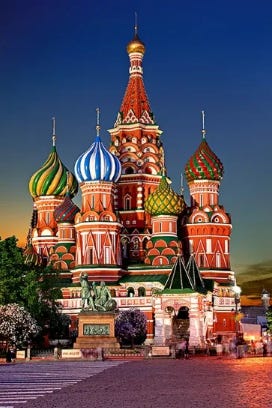
“Autocephalous” implies administrative and political independence, but were the religions different? While Eastern Orthodoxy and Roman Catholicism differed theologically7, Russian Orthodoxy remained essentially the same as broader Eastern Orthodoxy (aside from using Church Slavonic in services and the Julian calendar). That’s how you should think about the orbit of Orthodox churches (Russian, Greek, Serbian, etc.): that they’re united by shared doctrine but administratively independent.
In 1721, Peter the Great abolished the Patriarchate of Moscow and established the Holy Synod, placing the church under state control with the tsar as its de facto head (mirroring similar moves by European monarchs to dominate religious institutions and consolidate political authority). After 200 years, the Patriarchate was restored in 1917 during the Russian Revolution, but under the Soviet Union’s campaign against religion, the Russian Orthodox Church faced severe persecution: churches were closed or destroyed, clergy were imprisoned or executed, and religious practice was forced underground. Don’t worry, there’s a happy ending for the church: after the fall of the USSR in 1991, the church got their properties and freedom back and regained their influence in Russian society.
Odds and Ends
A mezuzah is a case affixed to a doorway that holds a handwritten scroll with verses from Deuteronomy…Tevye is sometimes known as “Reb Tevye,” with “Reb” just meaning “mister” in Yiddish…Fiddler covers a similar time period to The Fixer…the musical was nominated for ten Tonys, winning nine…some of the actors originating roles on Broadway: Zero Mostel (Tevye); Bea Arthur (Yente); Pia Zadora (Bielke)…Bette Midler was Tzeitel on Broadway during the original run, though she didn’t originate the role…a chuppah is a canopy used in Jewish wedding ceremonies…the Pale of Settlement was the area in the Russian Empire where Jews were allowed to live…Paul Michael Glaser, who played Perchik, later played Detective Starsky on the TV show “Starsky and Hutch” (1975–1979)…let me say it again: Fiddler on the Roof is just so much better than The Sound of Music.
About whom Tevye’s daughters sing the song “Matchmaker, Matchmaker.” Also, try not to mix Yente up with Dolly Levi, the matchmaker in the Barbra Streisand film Hello, Dolly! (1969), or with Yentl (1983), the protagonist of an entirely different Barbra Streisand film.
I’m guessing the fact that Tevye is a milkman and Lazar Wolf is a butcher is a symbol, but because this isn’t an eighth-grade term paper, I’m not gonna bother to figure it out.
We discussed The Sound of Music in our 1965 Wrap-Up. So’s you know: Fiddler is a much, much better film than TSoM.
With music by Jerry Bock, lyrics by Sheldon Harnick, and book by Joseph Stein. Note that Bock and Harnick also did the musical “Fiorello!” and that Harnick was married to Elaine May. Oh, also, the original “Fiddler on the Roof” was produced by Hal Prince and directed by Jerome Robbins. There’s more to say about all of these people but nothing else will fit in this footnote.
See the Filioque controversy, about whether the Holy Spirit proceeded from the Father alone or from both the Father and the Son.
The Patriarch of Rome (i.e., the pope) was considered primus inter pares (“first among equals”) with the patriarchs of Alexandria, Antioch, Constantinople, and Jerusalem, so arguing for the primacy of the papacy was not considered chill.
The Orthodox Church doesn’t recognize the pope, rejects Filioque, allows married men to be priests, uses leavened bread for the Eucharist, and has no Immaculate Conception dogma. Still, while the Orthodox Church is in schism with the Vatican, Catholics can still receive the Eucharist and be absolved in Confession by an Orthodox Priest.


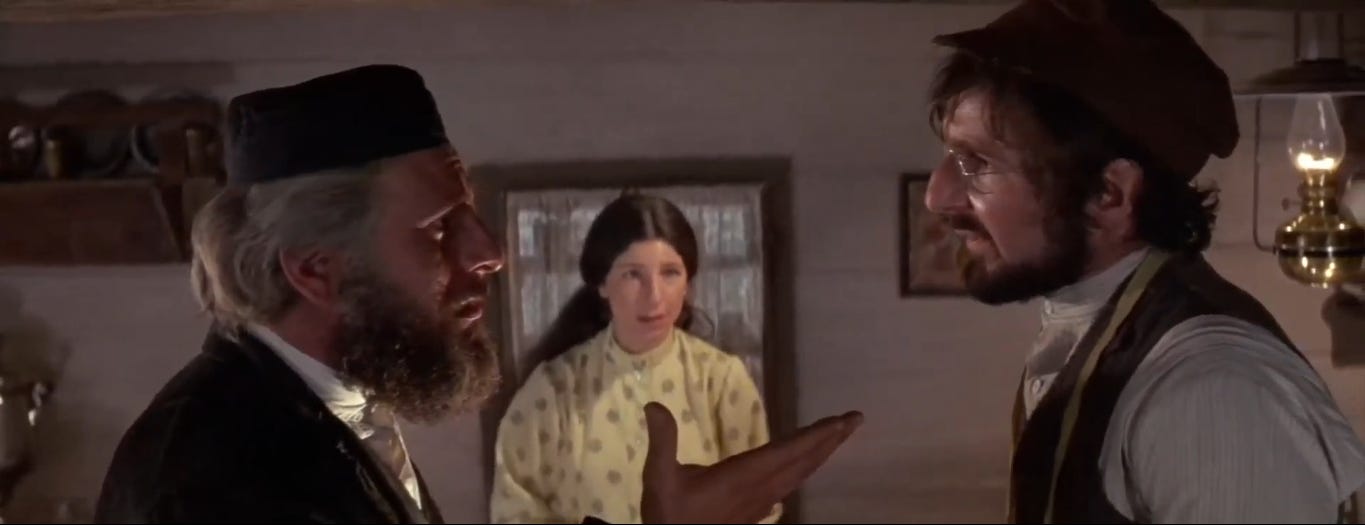

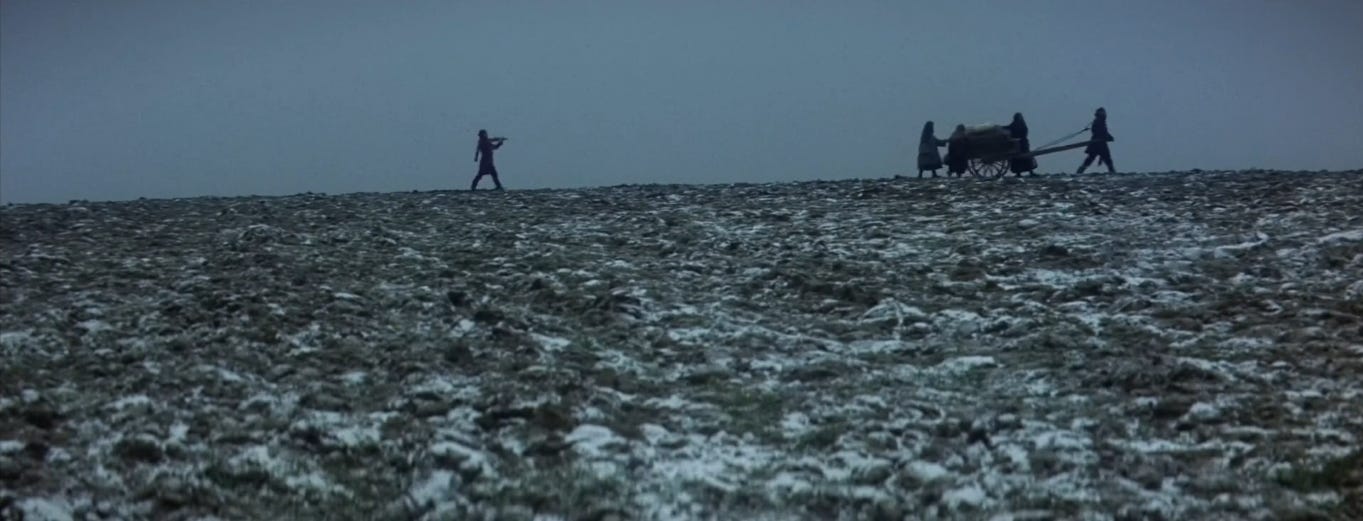
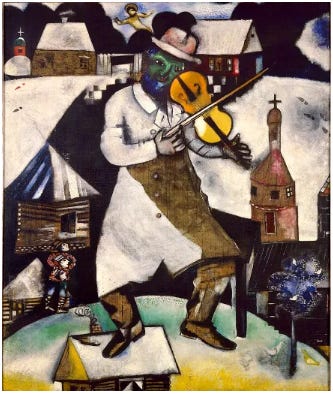
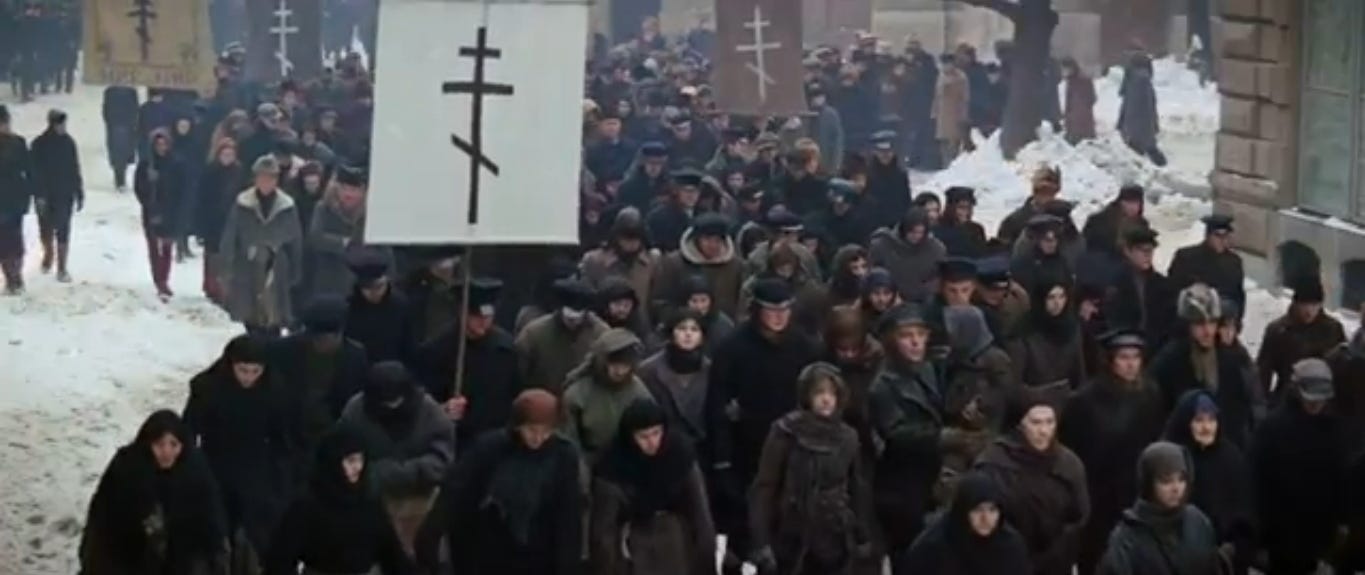
"I mean, I don’t think anyone’s gonna ask you about his roles in Flash Gordon (1980) or For Your Eyes Only (1981)." <-- Just a few seasons before you joined LL: https://www.learnedleague.com/question.php?83&22&5
(A later question inverted that one in a way that's more in line with your assertion: https://learnedleague.com/question.php?94&2&1 )